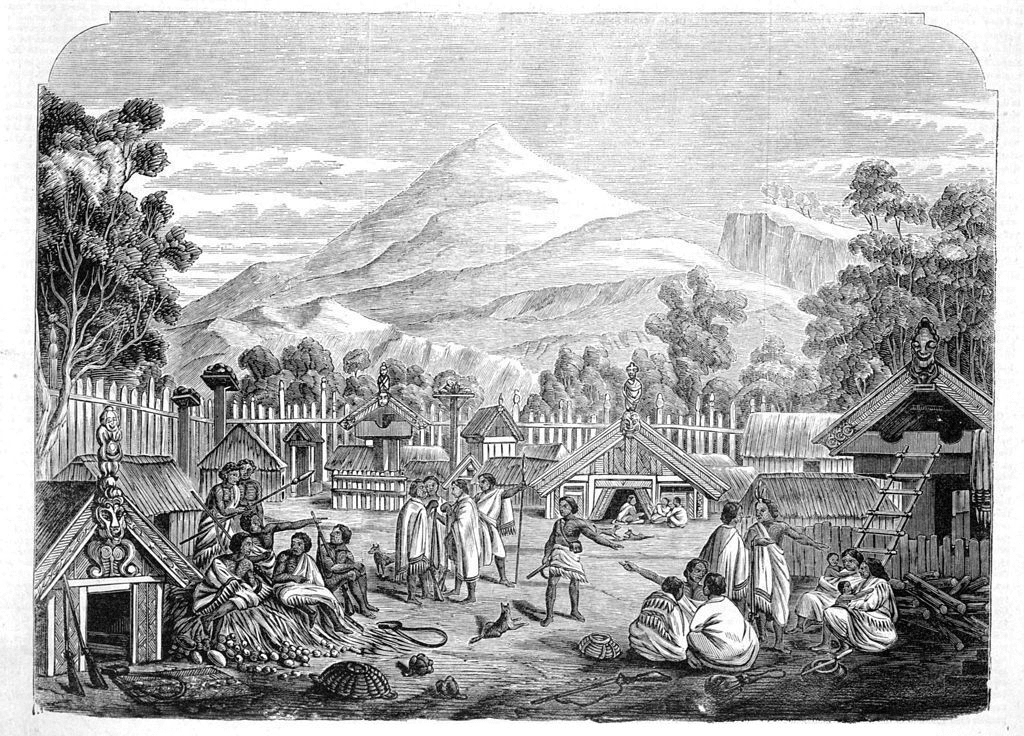Hōngongoi/July is all about planning.
Learn more about the maramataka, the Māori lunar calendar, here.
The month of Hōngongoi/Hūrae (July) is about getting ready and prepared for the rest of the year. Hūrae was traditionally a time for wānanga which consisted of intense planning, goal setting and putting timelines in place for the coming year. Prior to this wānanga period we make sure we are rid of any old raru (issues) in Pipiri (June), during the New Year.
Everyone has their own practices for renewal such as ‘pure’ (ceremony to remove tapu) on the full moon and the turning outgoing tide, or going back to your maunga (mountain), awa (water) or whenua (land) for karakia. Renewal is also done through meditation, mindfulness, prayer, yoga, everyone does it differently. The point is that we cannot fully apply ourselves to the tikanga of Hūrae wānanga, preparation and goal setting without getting rid of old tensions first through renewal. Matua Rereata Makiha (our maramataka expert) says if you haven’t done this already you can do it now, and a great time is during the sunrise or sunset of any day this month.
For those who have asked about the yearly maramataka calendar – there are a few available and specific to certain regions but I am not currently using the year calendar. I set the dial every month based on the moon cycle, tides and tohu (I also check the moon phases online). Being able to observe helps reconnect with the practises, time and way of life of our tūpuna which brings a deep sense of connection and awakening. If you can set your dial and take time to observe and notice what’s around you, outside, in the sky, the moon and the environment that is fantastic! Another helpful practise is to diary your energy on the different days listed above.
Learn more about the days of the maramataka and download your own maramataka dial here.
Key dates
5, 6, 7 and 8 July: Unpredictable/changing energy – Tamatea a ngana, Tamatea a hotu, Tamatea a io and Tamatea kai ariki. Do the unexpected and be prepared for the unexpected! The best way to prepare for this is to be organised, open, and aware and also tune into it by being unpredictable. If there was ever a time to be unpredictable, it is now! Do something you wouldn’t normally do.
15, 16 and 17 July: Super high energy – Oturu, Rakaunui and Rākau ma tohi. One of my favourite times of the month. From observations in June the high energy days were a different kind of high. It was cold and quite windy, people were sick but the weather cleared and there were beautiful clear skies in Auckland. The energy wasn’t as low as the other days and we did get more done. The season will play a part in the energy levels, keep this in mind.
20, 21 and 22 July: Low energy – Korekore te whiawhia, Korekore te rawea and Korekore piri ki ngā tangaroa. Take care, keep warm, practise mindfulness, take time to renew. Make the most of your down time; this is what these days are about. Drink lots of fluids and eat less food.
23, 24 and 25 July: Fruitful/productive energy – Tangaroa a mua, Tangaroa a roto and Tangaroa kiokio. Wānanga, plan and set your goals or revisit your goals for the year. This is the perfect time for it.
9, 19 and 26 July: Reciprocity/give back days – Huna, Oike and Otane. Give back and look after the environment. There are many stories of different atua who gave gifts and resources to us so on these days we can be more intentional and give back to them by taking care of the environment and each other.
Tip: on a ‘give back’ day, give more attention to the garden or offer a cup of tea or a compliment to someone!
Tohu in Hūrae
Tohu o te moana (signs at sea)
Tides are very important tohu in the maramataka. The Tangaroa and Tamatea tides, and the Rakaunui and Whiro tides mirror each other. This is an amazing knowledge base, once you understand it you can time activities to tune into the maramataka energies more effectively: meditation, planting, planning, high-energy activities etc.
Tohu o te rangi (signs in the sky)
The star tohu remain the same with Matariki and Puanga in the eastern sky. The next stars we will see in the coming months are Whakaahu kerekere (Pollux) and Whakaahu rangi (Castor).
Tohu o te whenua (signs on land)
We prepare the garden spaces in July ready for planting in August!
Please note: This is intended as a guide to help you learn about key dates in the maramataka and read the tohu (signs). Tohu will change from area to area and therefore while the dates above might be accurate for Auckland Manukau Harbour area, dates may vary slightly for those in other rohe.
